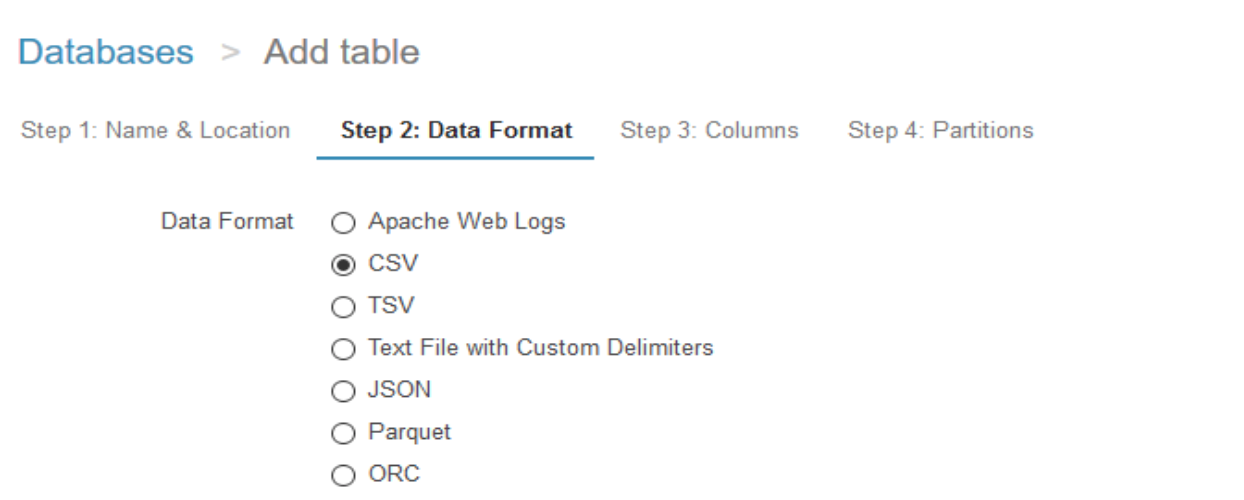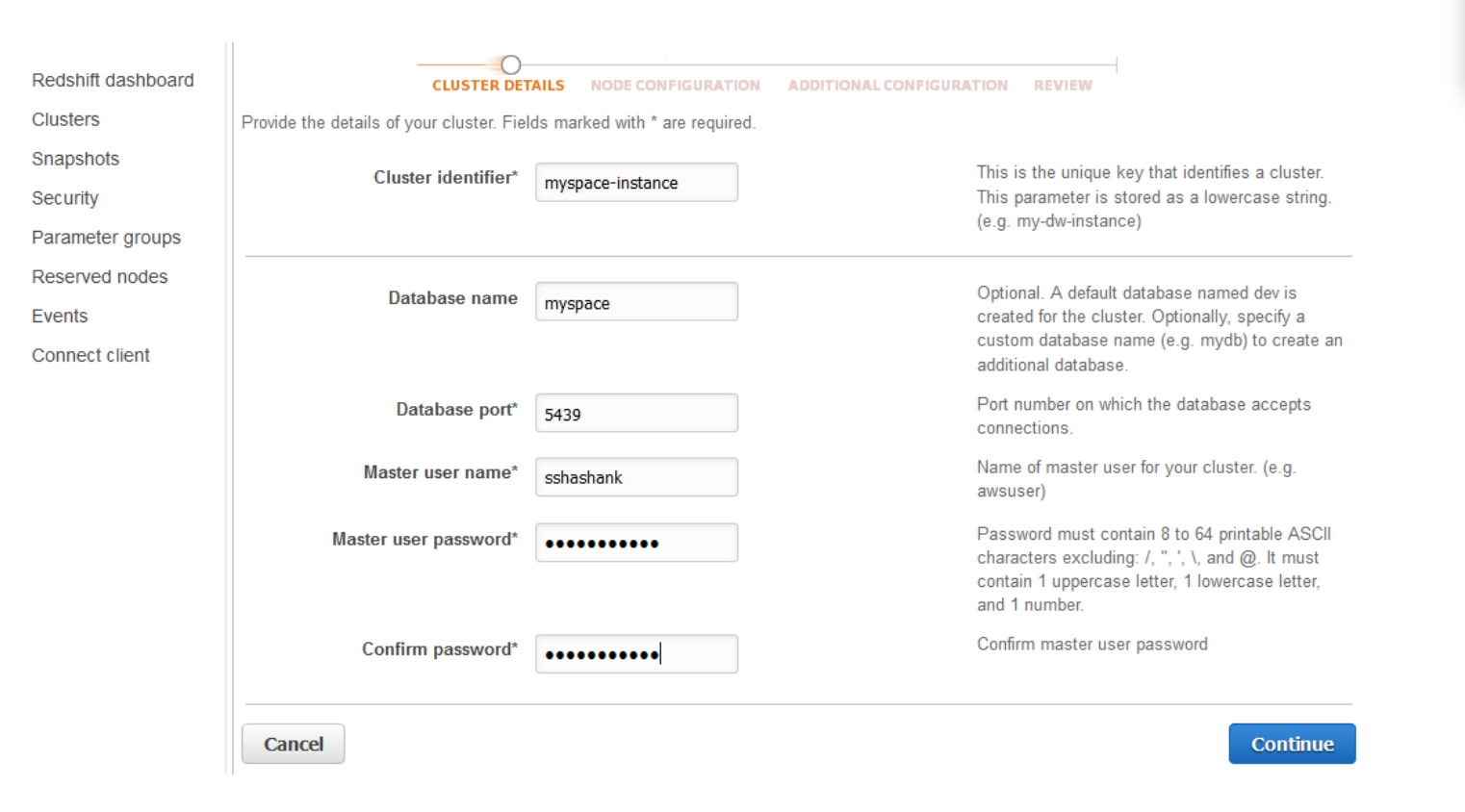

Unified Metadata Repository: Amazon Glue is integrated across a wide range of Amazon Web Services services.The benefits of upgrading to the Glue Data Catalog are:
#Amazon athena vs redshift upgrade#
To use the benefits of Glue, you must upgrade from using Athena’s internal Data Catalog to the Glue Data Catalog. Glue has three main components: 1) a crawler that automatically scans your data sources, identifies data formats and infers schemas, 2) a fully managed ETL service that allows you to transform and move data to various destinations, and 3) a Data Catalog that stores metadata information about databases & tables either stored in S3 or an ODBC- or JDBC-compliant data store. Q: Why should I upgrade to Amazon Glue Data Catalog?Īmazon Glue is a fully managed ETL service. You can delete table definitions and schema without impacting the underlying data stored on Amazon S3. There’s no data loading or transformation required. Athena uses schema-on-read technology, which means that your table definitions applied to your data in S3 when queries are being executed. Any schemas you define are automatically saved unless you explicitly delete them. You can modify the catalog using DDL statements or via the Amazon Web Services Management Console.

In regions where Amazon Glue is not available, Athena uses an internal Catalog. In regions where Amazon Glue is available, you can upgrade to using the Amazon Glue Data Catalog with Amazon Athena. Q: How does Amazon Athena store table definitions and schema?Īmazon Athena uses a managed Data Catalog to store information and schemas about the databases and tables that you create for your data stored in Amazon S3. Because Amazon Athena uses Amazon S3 as the underlying data store, it is highly available and durable with data redundantly stored across multiple facilities and multiple devices in each facility. Athena can handle complex analysis, including large joins, window functions, and arrays.
#Amazon athena vs redshift full#
Q: What is the underlying technology behind Amazon Athena?Īmazon Athena uses Presto with full standard SQL support and works with a variety of standard data formats, including CSV, JSON, ORC, Avro, and Parquet. Please click here to learn more about service limits. Q: What are the service limits associated with Amazon Athena?

You can programmatically run queries, add tables or partitions using the ODBC or JDBC driver. Athena queries data directly from Amazon S3 so there’s no loading required.Īmazon Athena can be accessed via the Amazon Web Services Management Console, an API, or an ODBC or JDBC driver.

You can then start querying data using a built-in query editor. To get started with Amazon Athena, simply log into the Amazon Web Services Management Console for Athena and create your schema by writing DDL statements on the console or by using a create table wizard. Q: How do I get started with Amazon Athena? You can also use Amazon Athena to generate reports or to explore data with business intelligence tools or SQL clients, connected via an ODBC or JDBC driver. Examples include CSV, JSON, Avro or columnar data formats such as Apache Parquet and Apache ORC. Amazon Athena can process unstructured, semi-structured, and structured data sets. You can use Athena to run ad-hoc queries using ANSI SQL, without the need to aggregate or load the data into Athena. While Amazon Athena is ideal for quick, ad-hoc querying, it can also handle complex analysis, including large joins, window functions, and arrays.Īmazon Athena helps you analyze data stored in Amazon S3. Amazon Athena uses Presto with full standard SQL support and works with a variety of standard data formats, including CSV, JSON, ORC, Apache Parquet and Avro. To get started, just log into the Athena Management Console, define your schema, and start querying. You don’t even need to load your data into Athena, it works directly with data stored in S3. Athena is serverless, so there is no infrastructure to setup or manage, and you can start analyzing data immediately. Amazon Athena is an interactive query service that makes it easy to analyze data in Amazon S3 using standard SQL.


 0 kommentar(er)
0 kommentar(er)
